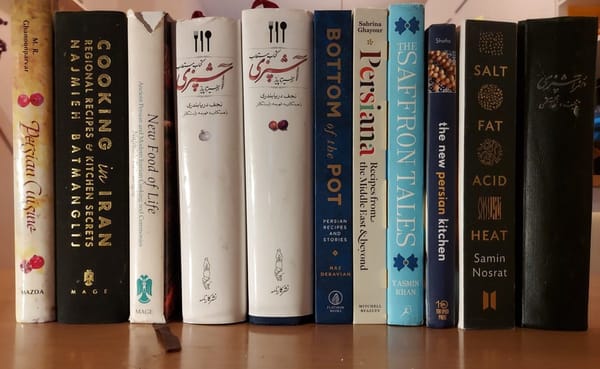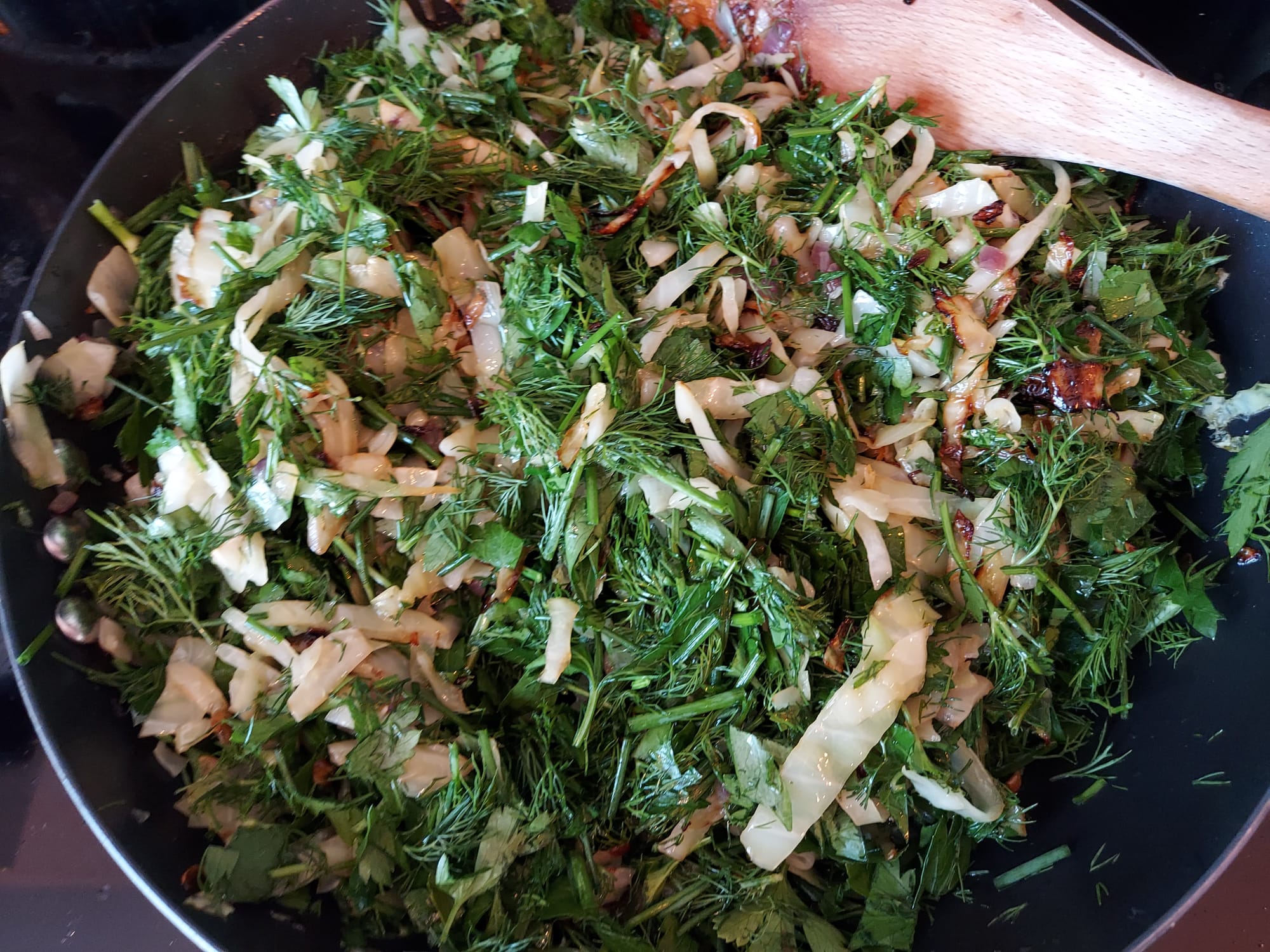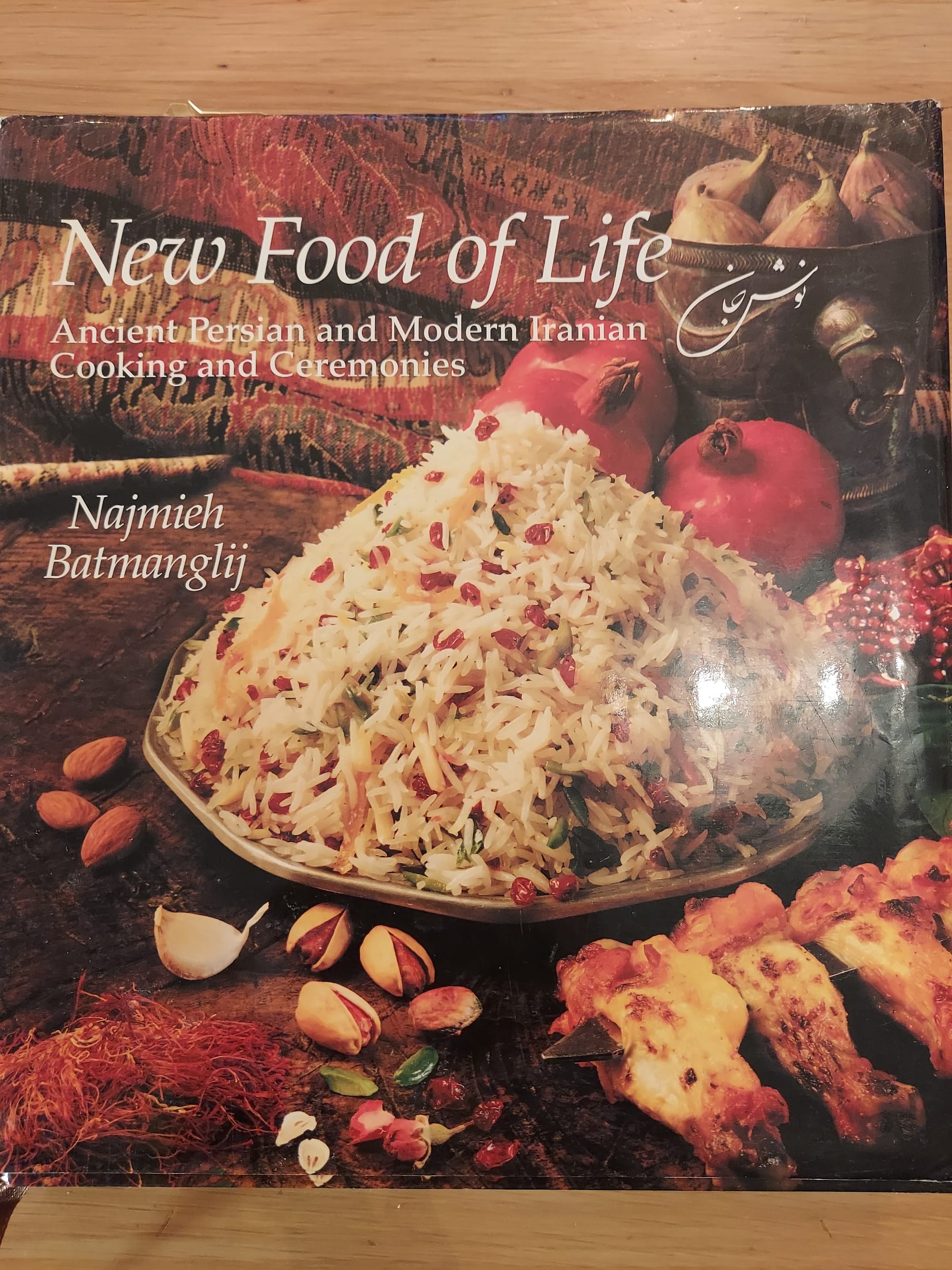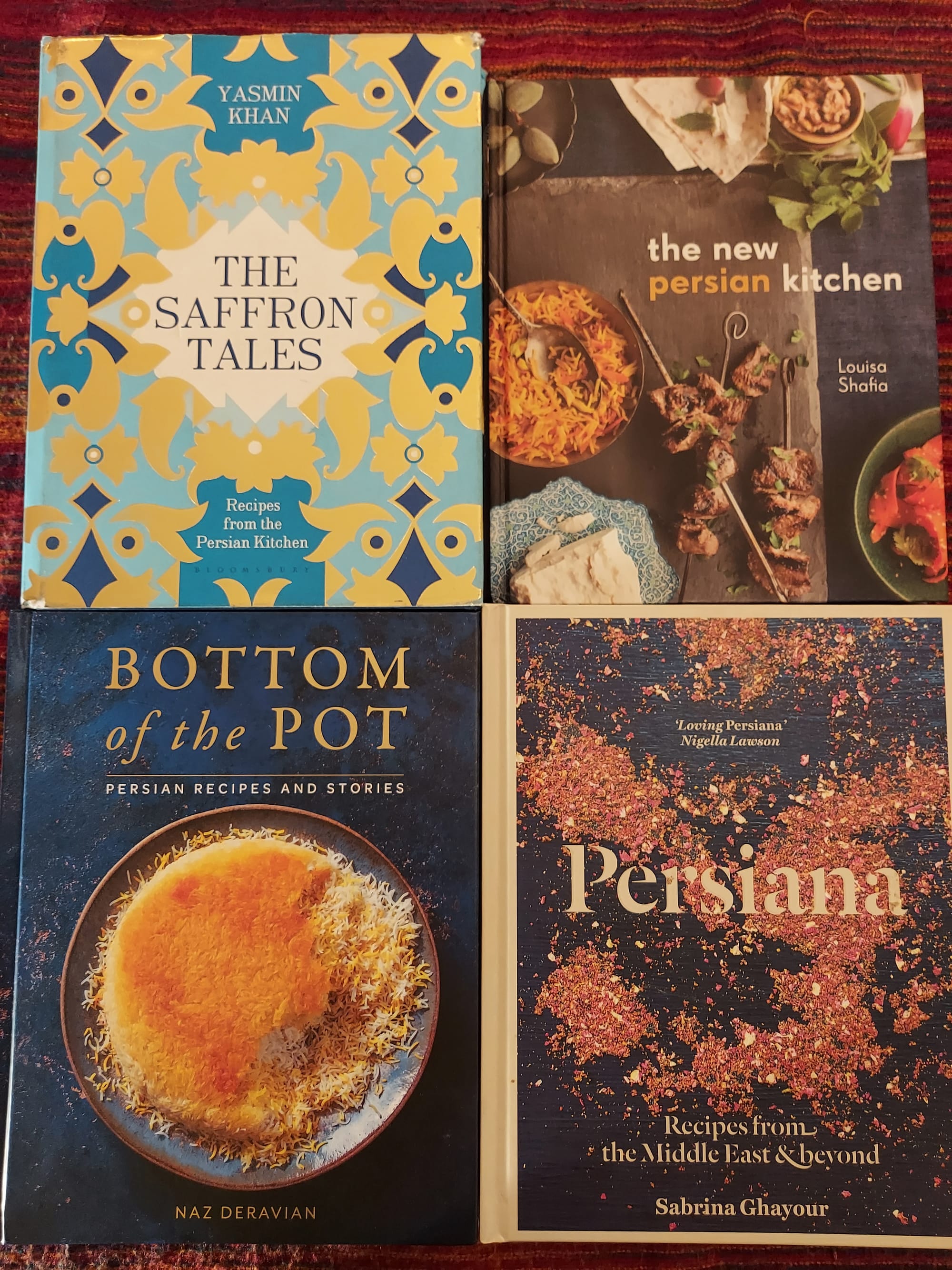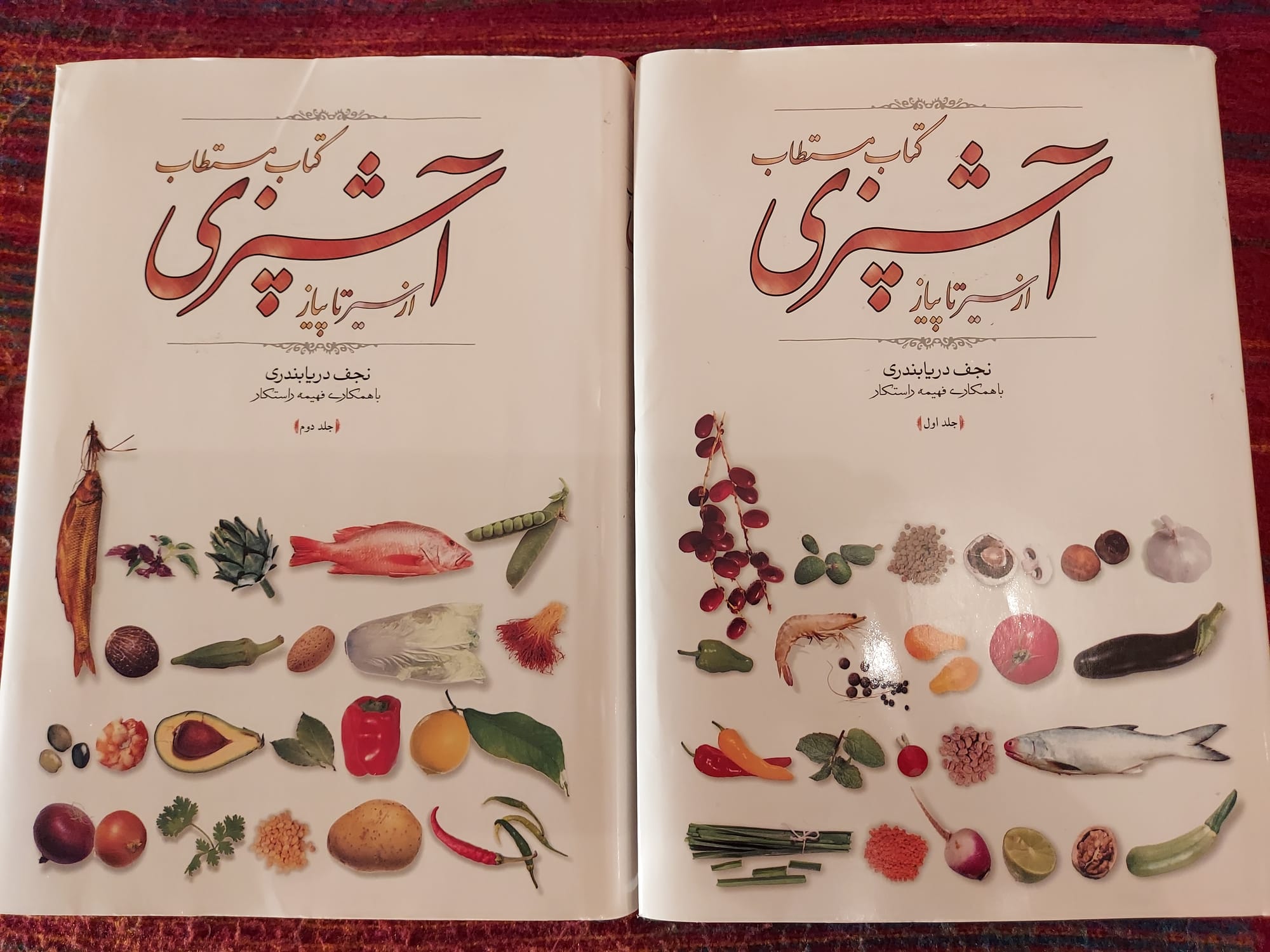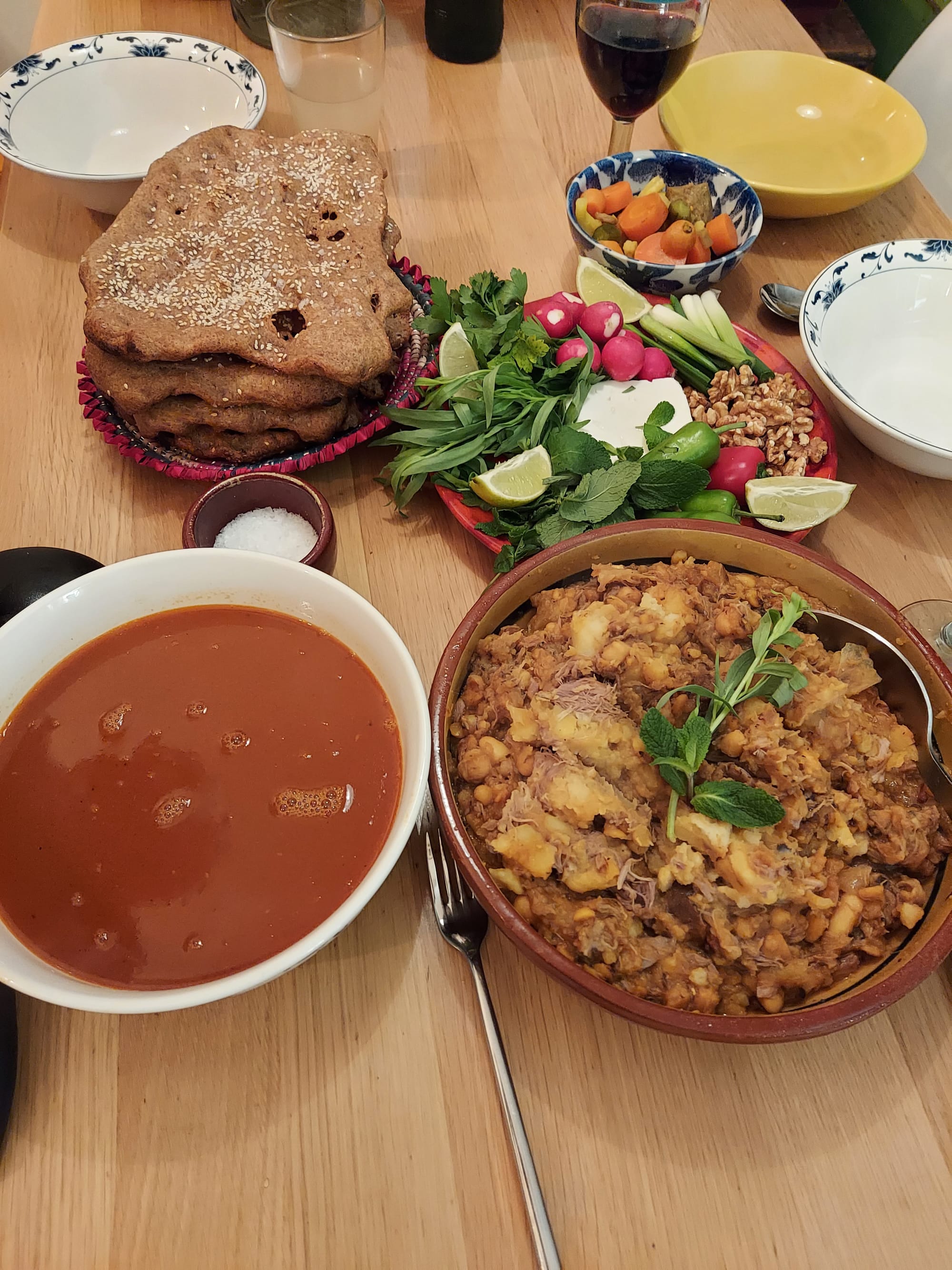The Savor of Memory
Laleh Khalili draws on memories from childhood, her experience of leaving Iran and her ongoing interest in cooking to review a series of classic and contemporary Iranian cookbooks. Through them she reflects on the politics of identity in the Iranian diaspora and the global circuits of foodways refle
